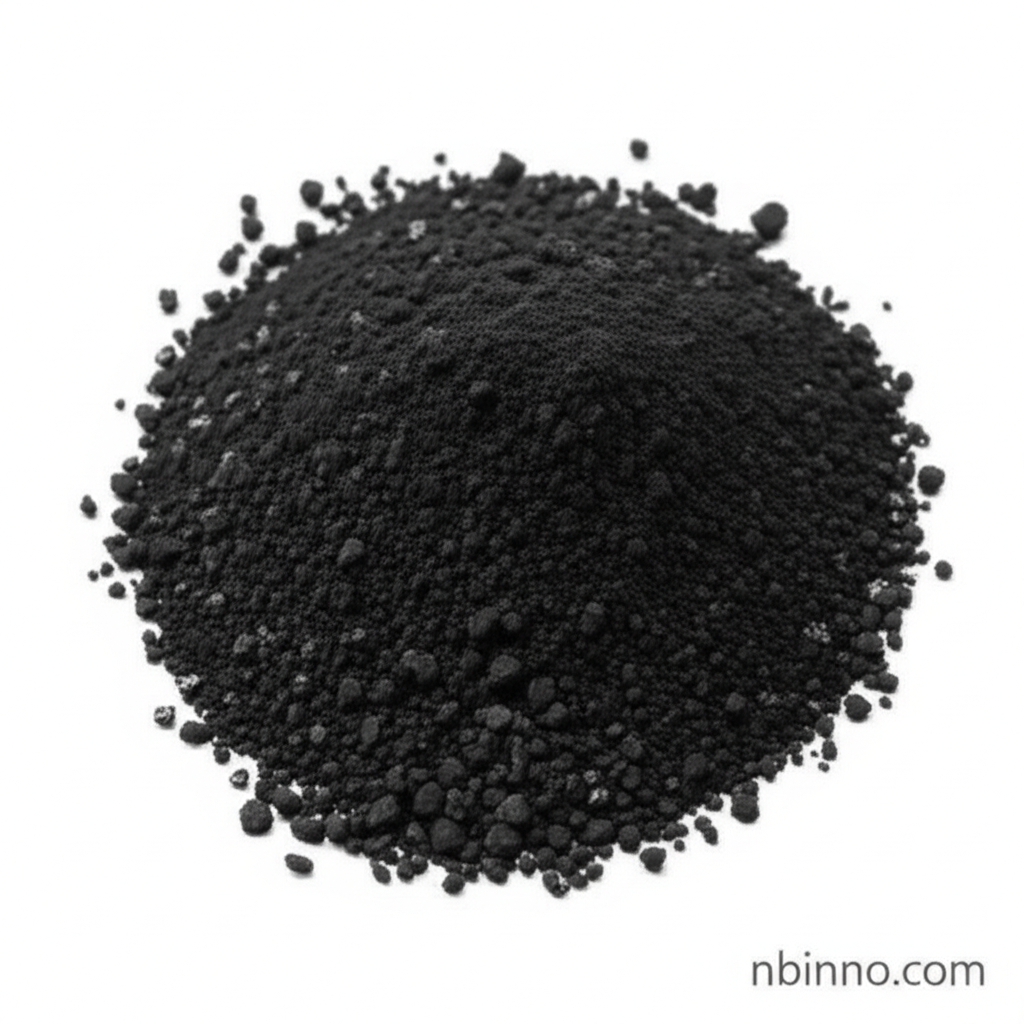Copper(II) Sulfide: A Versatile Industrial Chemical
Discover the diverse applications and essential properties of Copper(II) Sulfide (CAS 1317-40-4) for your industrial needs.
Get a Quote & SampleProduct Core Value

Copper Sulfide
Copper(II) Sulfide is a crucial inorganic compound valued for its unique chemical and physical properties, making it indispensable across various industrial sectors.
- Understanding the copper(ii) sulfide properties is key to its effective application in modern industry.
- Explore the diverse copper sulfide applications, ranging from advanced materials to traditional manufacturing processes.
- Learn about the critical industrial uses of cas 1317-40-4 uses, highlighting its importance in specialized fields.
- Investigate its role in aniline black dye textile printing, a classic application that showcases its dyeing capabilities.
Key Advantages
Versatile Pigmentation
As a pigment, Copper(II) Sulfide offers a distinctive black color, finding use in applications like antifouling paints where durability and color stability are important.
Chemical Reactivity
Its utility as a catalyst and its role in developing specific dyes, such as aniline black for textiles, demonstrate its valuable chemical reactivity for industrial processes.
Material Science Contributions
The compound's moderate electrical conductivity makes it a useful semiconductor material, contributing to advancements in thin-film solar cells and solid-state electrodes.
Key Applications
Antifouling Paints
Copper(II) Sulfide is utilized as an antifouling pigment, helping to protect surfaces, particularly marine vessels, from biofouling and degradation.
Textile Printing
It plays a role in the development of aniline black dyes for textile printing, contributing to vibrant and durable colorations in fabrics.
Solar Cells
As a component in thin-film solar cells, often in conjunction with cadmium sulfide, it contributes to the conversion of light into electricity.
Electrodes & Catalysis
Its properties make it suitable for use in solid-state electrodes and as a catalyst in various chemical reactions, enhancing efficiency and performance.
